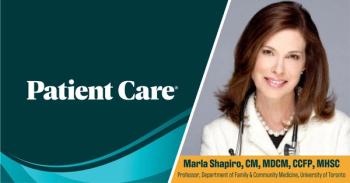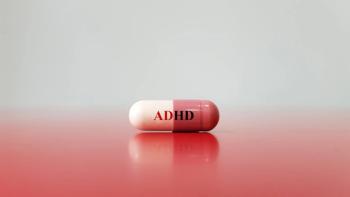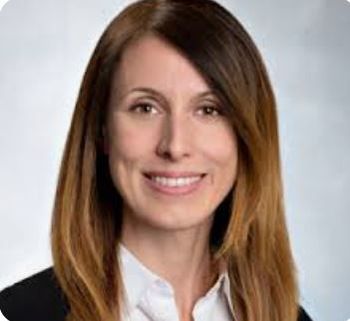
Growth Factors for Breast Cancer Linked to Leukemia
NEW YORK -- Breast cancer patients given colony stimulating factors to overcome chemotherapy-driven neutropenia have an increased risk of developing acute myeloid leukemia (AML) or myelodysplastic syndrome (MDS), according to researchers here.
NEW YORK, Feb.7 -- Breast cancer patients given colony stimulating factors to overcome chemotherapy-driven neutropenia have an increased risk of acute myeloid leukemia (AML) or myelodysplastic syndrome (MDS), according to researchers here.
The relative risk of the two conditions for women 65 or older treated with either granulocyte colony stimulating factor (G-CSF) or granulocyte-macrophage colony stimulating factor (GM-CSF) is 2.14, compared to women who don't get the cytokines, according to Dawn Hershman, M.D., of Columbia University Medical Center.
But the absolute risk of AML or MDS is still low -- only 1.17% of women in a retrospective cohort study developed either after C-GSF or CG-CSF, Dr. Hershman and colleagues reported in the Feb. 7 issue of the Journal of the National Cancer Institute.
By comparison, among women who did not get growth factors, the rate of AML or MDS was 1.04%, Dr. Hershman and colleagues found.
While the risks are small, the researchers said, if more research finds the same result, "this risk should be factored into clinical decisions with regard to the use of growth factors."
Both growth factors were approved in 1991 to treat the neutropenia that often accompanies chemotherapy. With the advent of dose-dense chemotherapy regimens, the use of growth factors has increased as a way to avoid dose reductions and treatment delays.
However, laboratory and epidemiologic evidence suggests that the growth factors may increase the risk of AML and MDS, Dr. Hershman and colleagues said.
To quantify the risk, they undertook a study using information from the Surveillance, Epidemiology, and End Results (SEER) database, linked to Medicare data between Jan. 1, 1991, through Dec. 31, 1999.
Women were included in the study if they were 65 or older, were diagnosed with breast cancer, and were treated with adjuvant chemotherapy within 12 months of diagnosis.
The database included 5,510 eligible women, of whom 906 (16%) were treated with at least one course of G-CSF or CG-CSF or both within 18 months of diagnosis.
The only variable associated with either AML or MDS was year of diagnosis, the researchers said, "possibly because patients with longer follow-up had more opportunity to develop the outcome."
Cox proportional hazards models showed:
- The hazard ratio for AML or MDS, stratified by year of diagnosis alone, was 2.24 (with a 95% confidence interval from 1.22 to 4.10) among patients treated with G-CSF compared with those not treated.
- The risk did not change substantially when clinical and treatment variables were added to the model: The hazard ratio became 2.22, with a 95% confidence interval from 1.17 to 4.22.
- The risk did not change much when clinical, treatment, and demographic variables were added: The hazard ratio was 2.14, with a 95% confidence interval from 1.12 to 4.08.
- The hazard ratio for MDS associated with G-CSF treatment was 2.19 (with a 95% confidence interval from 1.1 to 4.5) and for AML it was 3.78 (with a 95% confidence interval from 1.4 to 10.5).
Interestingly, the risk of death from any cause was roughly the same among those given G-CSF compared with those who were not: the hazard ratio was 0.94, but the 95% confidence interval crossed unity. On the other hand, among those who developed AML or MDS, the risk of all-cause mortality was higher among those getting growth factors. The hazard ratio was 1.94, with a 95% confidence interval from 1.4 to 2.6.
The benefits of adjuvant chemotherapy "are of a different order of magnitude than the risk of secondary MDS or AML," even if that risk is confirmed, commented Ivo Touw, Ph.D., and Marijke Bontenbal, M.D., Ph.D., of the Erasmus University Medical Center Rotterdam in The Netherlands.
Writing in an accompanying editorial, they argued that not enough is known to demonstrate conclusively that colony stimulating factors are causing AML or MDS in these patients.
"Given all the unknown factors, associations could be found that have no causal relationship," they said, adding that the study by Dr. Hershman and colleagues "thus has to be qualified as hypothesis-generating rather than conclusive."
Newsletter
Enhance your clinical practice with the Patient Care newsletter, offering the latest evidence-based guidelines, diagnostic insights, and treatment strategies for primary care physicians.

































































































































































































































































































